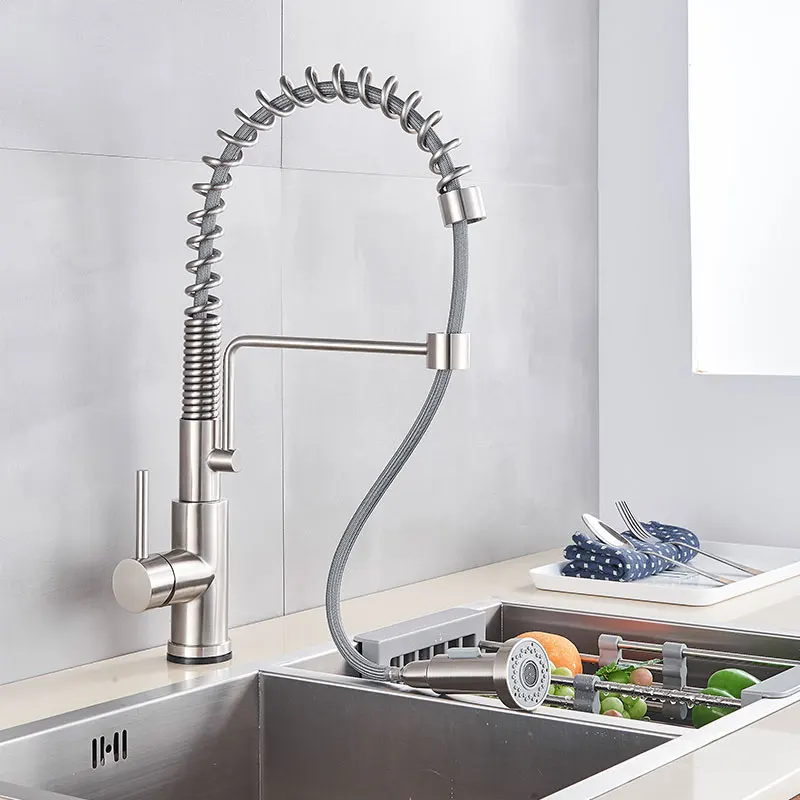 Introduction:
Introduction:
The height of kitchen counters plays a crucial role in the overall functionality and comfort of a kitchen. Determining the correct height is essential for easy food preparation, cooking, and other daily kitchen tasks. In this comprehensive guide, we will explore the standard and recommended heights for kitchen counters. By understanding these measurements and considerations, you can ensure that your kitchen counters are at the optimal height for your needs.
Introduction to Kitchen Counter Heights
Kitchen counter heights refer to the distance from the floor to the top surface of the counter.
A. Importance of Proper Heights: The correct counter height allows for comfortable and efficient use of the kitchen space.
B. Ergonomics and Accessibility: Proper counter heights contribute to good posture, reduce strain, and accommodate individuals with different heights and abilities.
Standard Kitchen Counter Heights
Standard heights are commonly used as a guide for designing kitchen counters.
A. Base Cabinet Height: Standard base cabinets typically have a height of 34.5 inches (87.6 cm) from the floor, excluding the countertop thickness.
B. Countertop Thickness: Countertop thickness ranges from 1.5 to 2 inches (3.8 to 5.1 cm) on average but can vary based on the material and design preferences.
C. Total Counter Height: Taking into account the base cabinet height and countertop thickness, the total counter height usually falls within the range of 36 to 38 inches (91.4 to 96.5 cm).
 Factors Influencing Counter Height
Factors Influencing Counter Height
Several factors can influence the final choice of kitchen counter height.
A. User Height: Consider the average height of the primary users to ensure comfortable and ergonomic use of the kitchen counter.
B. Tasks and Activities: Identify the specific tasks and activities that will be performed at the counter, such as cooking, baking, or food preparation.
C. Appliances and Fixtures: Take into account the height and dimensions of appliances, sinks, and other fixtures that will be integrated into the counter space.
Some popular trends in kitchen counters:
The trends in kitchen counters have been influenced by advancements in materials, design aesthetics, and functionality. Here are some popular trends in kitchen counters:
Quartz:
Quartz countertops have gained significant popularity in recent years. Made from engineered stone composed of quartz particles and resins, quartz counters offer durability, low maintenance, and a wide range of colors and patterns. They are resistant to staining, scratching, and heat, making them a practical and long-lasting choice.
Natural Stone:
Natural stone countertops, such as granite and marble, continue to be favored for their timeless beauty and unique patterns. Granite provides durability and heat resistance, while marble offers elegance and a luxurious look. However, natural stone requires regular maintenance and sealing to preserve its appearance and prevent staining.
Solid Surface:
Solid surface counters, like Corian, are versatile and customizable. They are made from a blend of acrylic, polyester, and other resins, offering a non-porous, seamless surface. Solid surface counters can be molded into various shapes and sizes, making them suitable for both traditional and modern kitchen designs.
Sustainable Materials:
With a growing emphasis on eco-friendly choices, sustainable countertop materials are seeing increased popularity. Materials like recycled glass, bamboo, and concrete offer environmentally responsible choices for kitchen counters. These materials often feature unique patterns and textures, providing a distinctive and eco-conscious design element to the kitchen.
Waterfall Edges:
Waterfall edges have become a sought-after design feature, particularly in contemporary kitchens. This design involves extending the countertop material vertically down the sides of the cabinetry, creating a seamless and dramatic look. Waterfall edges are commonly seen with quartz, marble, or solid surface materials.
Integrated Sinks:
Integrated sinks, where the sink is seamlessly integrated into the countertop, have gained popularity due to their clean and minimalist appearance. With no visible edges or seams, integrated sinks are easy to clean and maintain. They are commonly found with solid surface and quartz countertops.
These trends reflect the desire for durability, aesthetics, and functionality in kitchen counters. The choice of countertop material and design should consider personal preferences, budget considerations, and the overall style of the kitchen. It is also essential to select countertops that will withstand the specific needs of the kitchen, such as cooking habits and maintenance requirements.
 Recommended Counter Heights for Different Users
Recommended Counter Heights for Different Users
Recommended heights can help determine the best counter height for individual users.
A. General Recommendations: For most individuals, a counter height between 36 to 38 inches (91.4 to 96.5 cm) is considered comfortable and functional.
B. Shorter Individuals: Lower counter heights around 34 to 36 inches (86.4 to 91.4 cm) may be more suitable to ensure a comfortable reach.
C. Taller Individuals: Higher counter heights between 38 to 40 inches (96.5 to 101.6 cm) may be preferable to accommodate the needs of taller users.
Adjustable and Custom Counter Heights
Adjustable and custom counter heights offer flexibility to meet individual preferences and accommodate various users.
A. Adjustable Counters: Some kitchen counters feature adjustable mechanisms that allow users to raise or lower the height as needed.
B. Customized Counters: Custom-built counters can be designed to meet specific height requirements based on individual needs and preferences.
 Other Considerations for Kitchen Counter Heights
Other Considerations for Kitchen Counter Heights
Additional considerations can influence the choice of kitchen counter heights.
A. Accessibility Standards: Consider adhering to accessibility standards, which recommend counter heights between 28 to 34 inches (71.1 to 86.4 cm) to accommodate wheelchair users.
B. Seating Options: If incorporating seating at the counter, ensure the counter height is suitable for comfortable seating, typically around 24 to 30 inches (61 to 76.2 cm) for counter stools or chairs.
Some ways to coordinate kitchen counters and backsplashes:
Kitchen counters and backsplashes can complement each other in terms of design, color scheme, and material choice. Here are some ways to coordinate kitchen counters and backsplashes:
Color Harmony:
One way to create a cohesive look is to choose a backsplash that complements or contrasts with the color of the kitchen counters. For example, if you have dark countertops, you can opt for a lighter or contrasting color for the backsplash to create visual interest and balance. Conversely, if you have light countertops, a darker or complementary backsplash can provide a harmonious color scheme.
Material Consistency:
Matching the material of the countertops and backsplashes can create a seamless and unified look. For instance, using the same type of stone or tile for both surfaces can create a cohesive and aesthetically pleasing design. This approach works well in contemporary and modern kitchens.
Contrast and Visual Interest:
Another option is to create contrast and visual interest by selecting a different material or pattern for the backsplash compared to the countertops. For example, if you have a solid-colored countertop, you can choose a patterned or textured tile for the backsplash to add depth and visual appeal.
Complementary Patterns and Textures:
Coordinating patterns and textures can also create a visually appealing kitchen design. If your countertops have a subtle pattern or texture, you can choose a backsplash with a similar or complementary pattern to create a cohesive look. Alternatively, you can select a backsplash with a contrasting pattern or texture for a more eclectic or eye-catching design.
Consider the Overall Style:
The style of your kitchen can also guide your choices for coordinating countertops and backsplashes. For example, a classic or traditional kitchen may benefit from using marble countertops and a subway tile backsplash. A modern or contemporary kitchen might feature sleek and minimalistic countertops with a contrasting textured or patterned backsplash.
Ultimately, the coordination of kitchen counters and backsplashes should be based on personal preference and the desired overall look and feel of the kitchen. It’s helpful to gather samples and visualize how different combinations will appear together before making a final decision.
 Conclusion
Conclusion
Choosing the appropriate height for kitchen counters is crucial for ensuring comfort, ergonomics, and functionality. By understanding the standard heights, considering user preferences and tasks, and following recommended guidelines, you can determine the optimal counter height for your kitchen. Take into account factors such as user height, tasks, appliances, and seating options to make an informed decision. Whether adhering to standard heights or opting for adjustable or custom counters, the proper counter height enhances the overall usability and enjoyment of your kitchen space.




